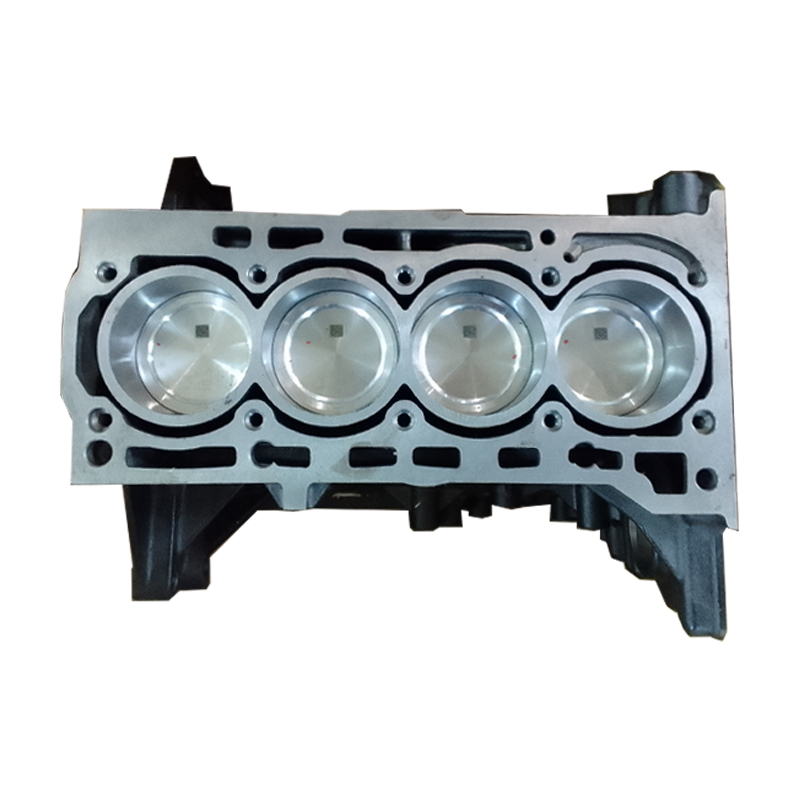Minimize downtime by using a well-maintained clp engine.
Minimize downtime by using a well-maintained clp engine.
Blog Article
How a Clp Engine Can Improve Effectiveness in Different Industries
The introduction of CLP engines marks a considerable shift in operational effectiveness across different fields, driven by their ability to maximize fuel usage and decrease downtime. As companies significantly focus on sustainability along with performance, the duty of CLP engines comes to be even extra crucial.
Review of CLP Engines
CLP engines, or Constant Fluid Propellant engines, stand for a considerable innovation in propulsion modern technology, especially for space applications. These engines utilize a continuous feed system that enables the sustained expulsion of propellant, resulting in enhanced performance and performance contrasted to typical strong or hybrid propulsion systems. By maintaining a consistent flow of fluid propellant, CLP engines can achieve a lot more specific thrust control, which is essential for navigating spacecraft in different goal situations.
The style of CLP engines integrates advanced products and ingenious fuel management systems. clp engine. This leads to minimized weight and increased reliability, vital factors for long-duration area objectives. The constant operation minimizes the danger of burning instability, an usual obstacle in conventional rocket engines.

Advantages in Manufacturing
The manufacturing of Constant Liquid Propellant (CLP) engines provides numerous noteworthy benefits that boost both efficiency and cost-effectiveness. One of the main benefits is the streamlined manufacturing procedure, which lowers the intricacy connected with typical propulsion systems. By utilizing fluid propellant, makers can achieve higher accuracy in engine performance, causing enhanced power output and reduced waste.
In addition, CLP engines promote a higher level of modularity, enabling much easier assimilation right into numerous manufacturing lines. This flexibility can dramatically reduce preparations and improve general functional versatility. The usage of CLP technology additionally has a tendency to decrease the need for considerable maintenance because of less moving components, which equates right into minimized downtime and operational expenses.

Applications in Logistics
Leveraging Constant Liquid Propellant (CLP) engines in logistics uses considerable advantages in functional effectiveness and dependability. These engines offer a durable solution for different transport demands, allowing the seamless movement of items across huge ranges. The intrinsic style of CLP engines permits constant power result, which equates right into smoother and more predictable transport routines.
One of the essential applications of CLP engines in logistics remains in sturdy freight transport, where they can drive both ground and aerial lorries. Their capacity to keep high efficiency under varying load conditions guarantees that distribution timelines are met, consequently boosting customer satisfaction. Furthermore, CLP engines can be integrated right into automated logistics systems, assisting in real-time monitoring and maximizing path planning.
In addition, the resilience of CLP engines reduces upkeep downtime, allowing logistics business to optimize their functional capabilities. This is particularly advantageous in warehousing operations, where effectiveness in managing and transferring items is essential. As logistics continues to evolve, the assimilation of CLP engines stands for a forward-thinking strategy that not only enhances performance but additionally sustains the market's expanding needs for dependability and rate.
Influence On Power Efficiency
Just How do Constant Liquid Propellant (CLP) engines enhance power performance in transport? go CLP engines use a regular flow of liquid gas, maximizing burning processes and keeping a steady drive result. This style lessens power losses connected with typical combustion engines, where fuel distribution can vary and result in ineffectiveness.
The continuous operation of CLP engines enables an extra efficient thermal cycle, resulting in higher particular impulse contrasted to traditional engines. clp engine. This converts to minimized fuel consumption for the same quantity of work done, significantly reducing functional expenses across various transport markets, consisting of air travel and maritime industries
Additionally, the ability of CLP engines to preserve optimal performance under varying load problems lowers the requirement for constant velocity and slowdown, even more improving gas performance. Improved energy efficiency not only contributes to cost financial savings yet additionally causes decrease greenhouse gas emissions, lining up with worldwide sustainability goals.
Future Trends and Innovations
Arising advancements in Continual Fluid Propellant (CLP) engine technology assurance to change the landscape of transport performance and sustainability. As markets pivot toward greener choices, CLP engines stand at the forefront, integrating ingenious products and layout techniques that improve efficiency while reducing environmental influence.
Among one of the most encouraging trends is the adoption of hybrid systems that combine CLP engines with renewable resource clp engine sources. This harmony can optimize fuel usage and minimize emissions, aligning with worldwide sustainability goals. Furthermore, innovations in computational fluid characteristics (CFD) are helping with the design of more aerodynamically efficient engines, resulting in minimized drag and enhanced gas performance.
In addition, the advancement of clever surveillance systems is readied to enhance operational performances. These systems utilize information analytics and IoT innovation to maximize engine performance in real-time, check that guaranteeing that the engines run within their most efficient specifications.
As research study proceeds to check out alternate propellant formulas-- such as biofuels and artificial gas-- the future of CLP engines looks encouraging. By utilizing these technologies, sectors can not only enhance their performance however also add considerably to a cleaner, more lasting future in transport.
Verdict
In final thought, CLP engines represent a significant advancement in effectiveness across numerous markets. The combination of advanced materials and less relocating components minimizes maintenance requirements, while placement with sustainability goals positions CLP engines as a critical modern technology for the future.
Report this page